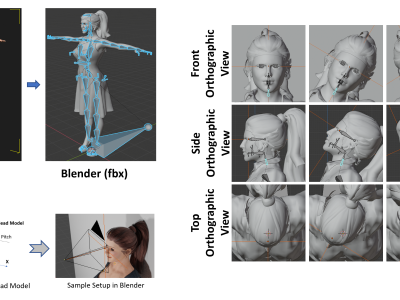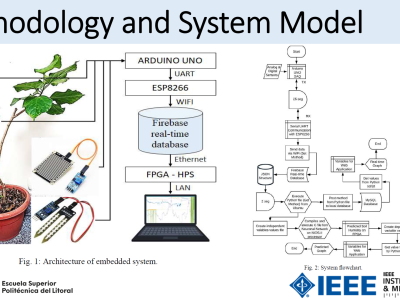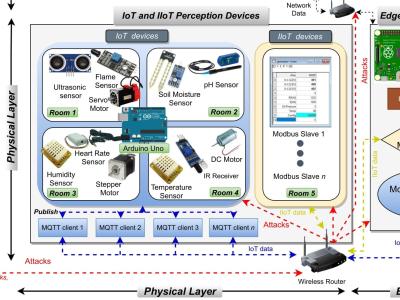C3I SYNTHETIC HUMAN DATASET

- Citation Author(s):
-
Rachel McDonnell
- Submitted by:
- Shubhajit Basak
- Last updated:
- DOI:
- 10.21227/f6zx-bf29
- Data Format:
- Research Article Link:
 731 views
731 views
- Categories:
- Keywords:
Abstract
The C3I Synthetic Human Dataset provides 48 female and 84 male synthetic 3D humans in fbx format generated from iClone 7 Character creator “Realistic Human 100” toolkit with variations in ethnicity, gender, race, age, and clothing. For each of these, it further provides the full-body model with five different facial expressions – Neutral, Angry, Sad, Happy, and Scared. Along with the body models, it also open-sources a data generation pipeline written in python to bring those models into a 3D Computer Graphics tool called Blender. This framework, along with the virtual human models, can generate extensive synthetic facial datasets (e.g., Head Pose, Face Depths) with a high degree of control over facial and environmental variations such as pose, illumination, and background. Such large datasets can be used for improved, targeted training of deep neural networks.
Instructions:
Following are the instruction to process the files in Blender -
- Each folder under the expression folder containes the fbx file and the corresponding material files.
- Open Blender (https://blender.org) and import the fbx file.
- Add camera and lights to the scene and position them accordingly
- Add composting layers in blender to get the ground truth files
We can also use the python api provided by Blender to generate the ground truth files directly running the scripts as provided here.
More details can be found in the following Github repository-
https://github.com/shubhajitbasak/blenderDataGeneration
If you find this work or dataset useful please cite the following work -
S. Basak, H. Javidnia, F. Khan, R. McDonnell and M. Schukat, "Methodology for Building Synthetic Datasets with Virtual Humans," 2020 31st Irish Signals and Systems Conference (ISSC), 2020, pp. 1-6, doi: 10.1109/ISSC49989.2020.9180188.








